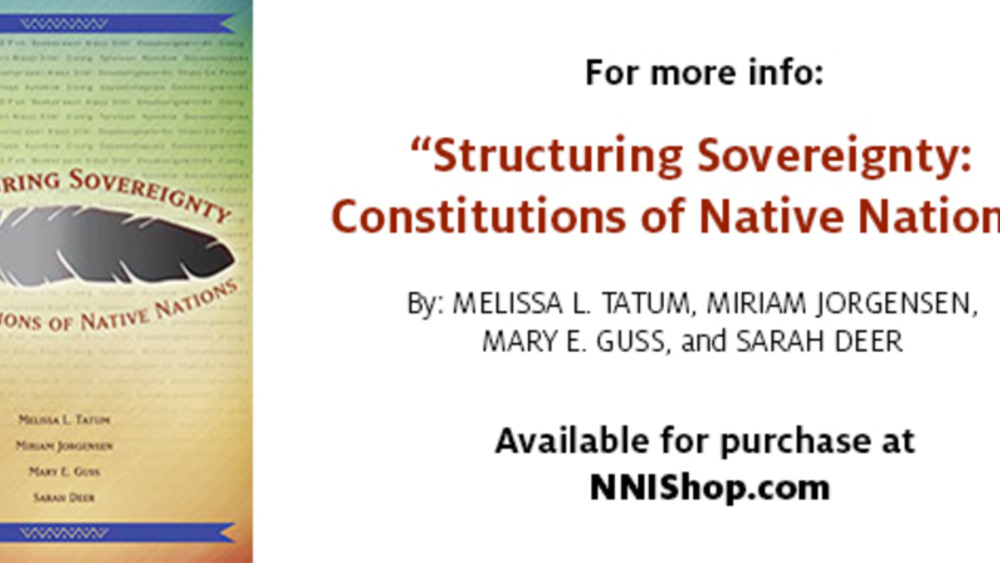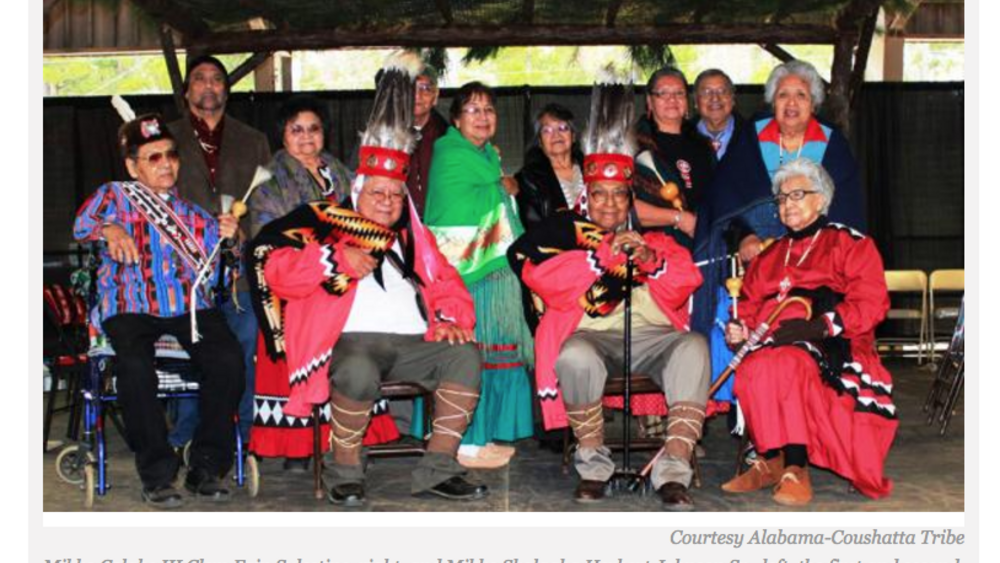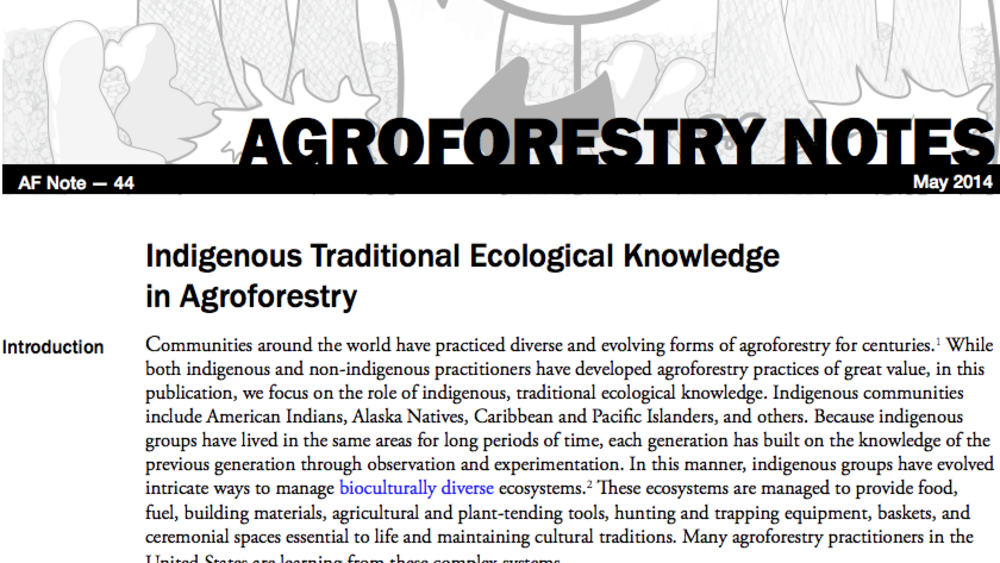Indigenous Governance Database
Alabama-Coushatta Tribe of Texas

Alabama and Coushatta Tribes of Texas Constitution
The Alabama and Coushatta Tribes of Texas is located in East Texas with a population of 1,000 individuals. Their constitution was ratified in 1938. The federal government terminated its relationship with the tribe in 1954 and restored federal recognition in 1987. Preamble: We, the Alabama and…

A Lifetime Journey: Alabama-Coushatta Name New Chiefs
For the first time in nearly two decades, the Alabama-Coushatta Tribe of Texas is welcoming a new principal and second chief. The 1,200-member tribe, located on 4,500 acres of land north of Houston, elects its chiefs to life terms. An inauguration ceremony held January 1 was the first such event…

Indigenous Traditional Ecological Knowledge in Agroforestry
Communities around the world have practiced diverse and evolving forms of agroforestry for centuries. While both Indigenous and non-Indigenous practitioners have developed agroforestry practices of great value, in this publication, we focus on the role of Indigenous, traditional ecological…
